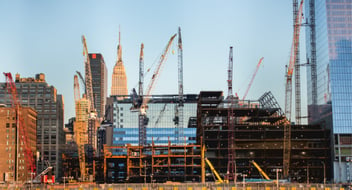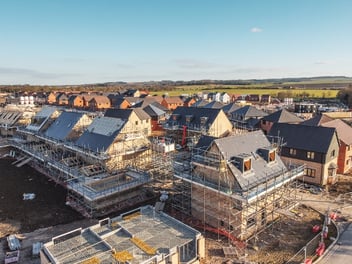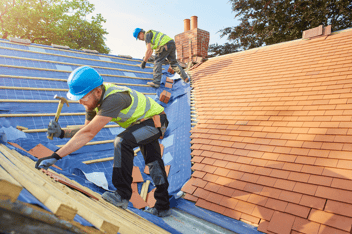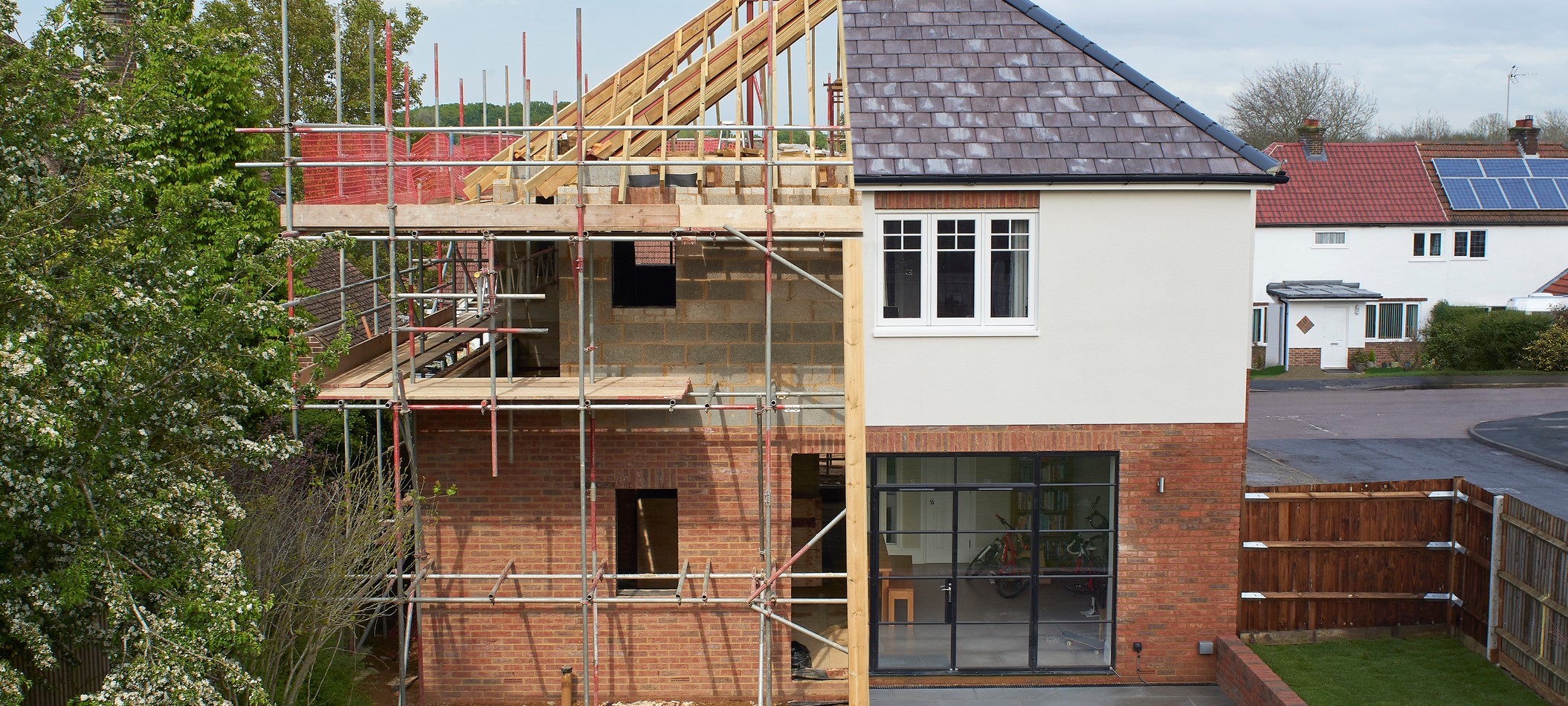
The increased pressure on the construction industry to operate more sustainably is unsurprising with the knowledge that it consumes more raw materials than any other economic activity. Ultimately, the extraction of these natural resources, the production of commonly-used building materials, and the impact of the subsequent built structures have an incredibly negative environmental impact.
So, with the rise in construction and building activity driven by rapid urbanization and population growth, we should be considering the following: how can advanced building materials (ABMs) deliver buildings and infrastructure that are both resilient and sustainable?
What are Advanced Building Materials?
ABMs are a new generation of construction materials that demonstrate exceptional properties, making buildings and infrastructure smarter, more sustainable, energy-efficient, and resilient. These numerous and wide-ranging solutions include innovative alternatives to traditional building materials as well as enhanced forms of existing materials.
Examples of such materials range from new forms of concrete (lower carbon, with fibers that alter its resistance and durability or with air purifying capabilities), innovative wooden structures, and glass with enhanced qualities (electrochromic glass, photovoltaic embedded construction glass), to automated infrastructure.1
Additionally, we have seen increased research on nanotechnologies to enhance material properties and functions, biotechnologies, and bioinspired-materials that seek to replicate natural systems.
ABMs, much like digital engineering as a whole, represent a move to incorporate cutting-edge and economically-viable sustainable solutions to increase profitability, decrease construction time, and overall favorably impact the environment.2
As the industry pushes to adopt a more sustainable and whole-life approach to infrastructure and the built environment, ABMs are becoming a key area of interest and importance.

The Limitations of Traditional Building Materials: Cement & Concrete
Construction materials such as cement, concrete, bricks, wood, steel, and glass have become so pervasive due to their versatility, low cost, and practicality. Over the last hundred years or so, concrete, in particular, has largely replaced many traditional building materials around the world, including masonry, earth, timber, and bamboo.
Portland Cement is the main binder of concrete and consumes vast quantities of scarce mineral resources, including sand and aggregates. If the global cement industry was a country, it would be the third-highest emitter of carbon dioxide after China and the USA, with equivalent to around 2.8 billion tons or 8% of humanity’s annual carbon emissions.3
After water, concrete is the most used substance on the planet; this is particularly concerning as Portland Cement demand is expected to increase by almost 200% by 2050 from 2010 levels, thus reaching 6000 million tons a year.4
Moreover, in the operation stage, concrete structures in hot and humid climates often rely on energy-intensive air conditioning systems to provide livable spaces. Similarly, poorly insulated concrete buildings in colder climates suffer from damp and mold growth indoors.5
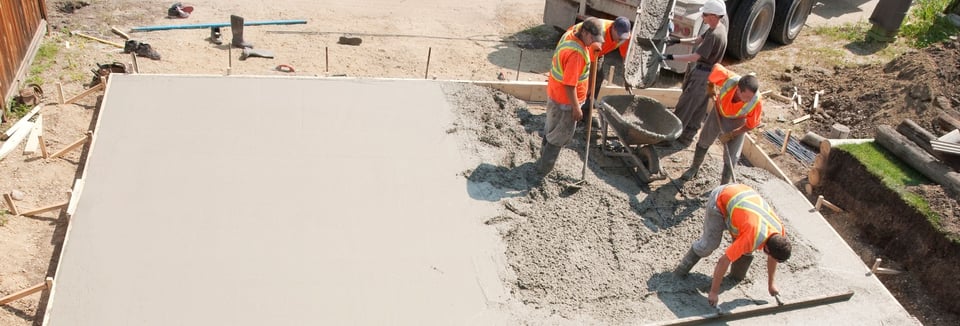
A Business Case for ABMs
As we work towards decarbonization and improving the energy intensity of buildings by 30% by 2030, the scope of smart cities is expected to extend beyond green building to include demand for new chemicals and advanced materials in building and construction.6
The development of ABMs can be seen as an extension of the digital transformation of the AEC sector. For this reason, it is hindered by similar obstacles.
The construction industry is often reluctant to invest in technologies or resources that lack a significant track record of success upfront. This is particularly true of SMEs, which are often more constrained in terms of finances and resources.
However, these Advanced Building Materials could lead to overall lower lifecycle expenses, despite their initial high costs. Backed by specialist scientific knowledge, these materials could eliminate the need to repair, restore, or completely replace built structures for relatively long periods.
Moreover, government policies and green building specifications to cut greenhouse gas emissions and increase the share of renewable energy and energy efficiency could see AMBs become the standard, much like BIM compliance.
.jpeg?width=960&name=Man%20and%20woman%20engineers%20(3).jpeg)
Moving forward
All in all, cross-sectoral and multidisciplinary collaboration between research institutions, building material producers, and the AEC sector is necessary for the successful development and production of ABMs.
Ultimately, the ability to factor ABMs into models, such as BIM and digital twins, will see the industry move further along in its bid to build better and improve the long-term integrity of the built environment.
It is clear to see that the construction industry will face a seismic challenge in combating the environmental degradation caused by its operational processes. By embracing advanced building materials, it is possible that companies may build towards a better and more sustainable future. The Asite platform provides a central data source which allows for a transparent flow of information, throughout the project’s supply chain, enabling businesses to make fast and informed procurement decisions.
Hear Asite CEO, Nathan Doughty, on his perspective of ABMs here:
To find out more, you can speak to a member of the team or Book a Demo.
[1] European Commission [2] Ibid [3] The Guardian [4] Pacheco-Torgal, F. & Labrincha, J.A. [5] University of Bath [6] Deloitte
3 minute read
Asite Insights in your inbox.
Sign up for product news and our latest insights published monthly. It's a newsletter so hot, even global warming can't keep up.

